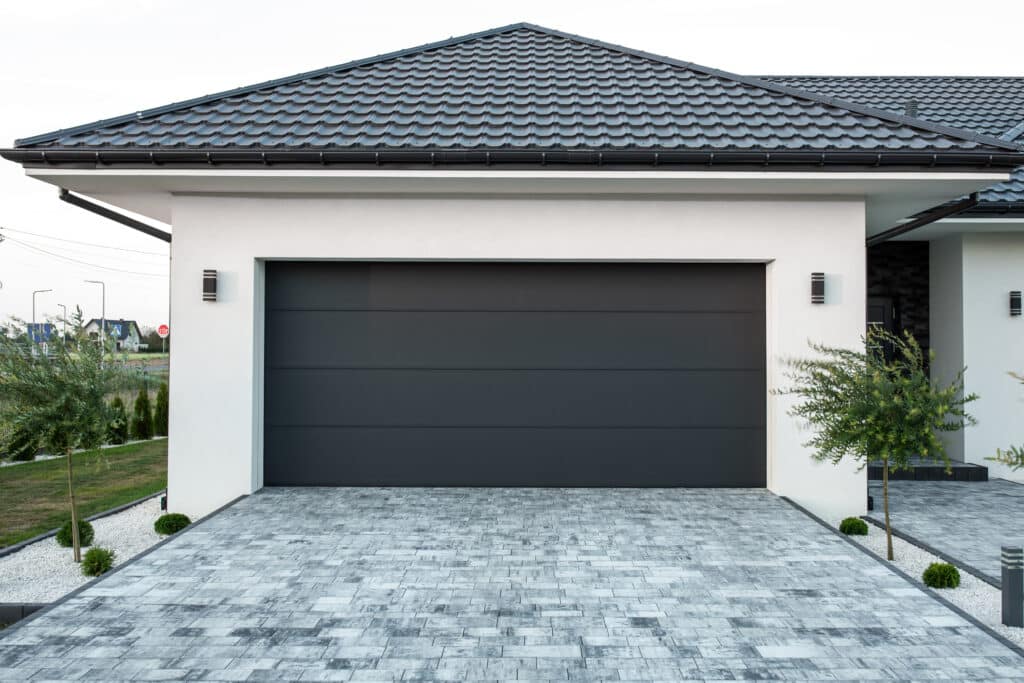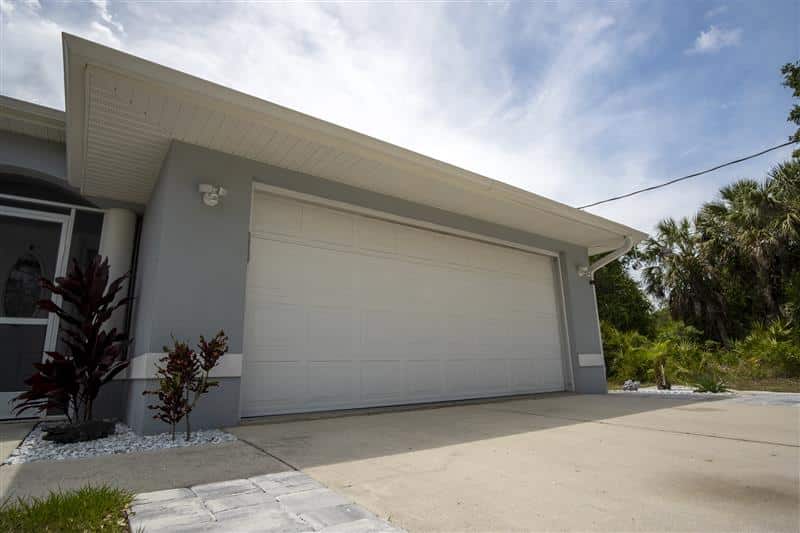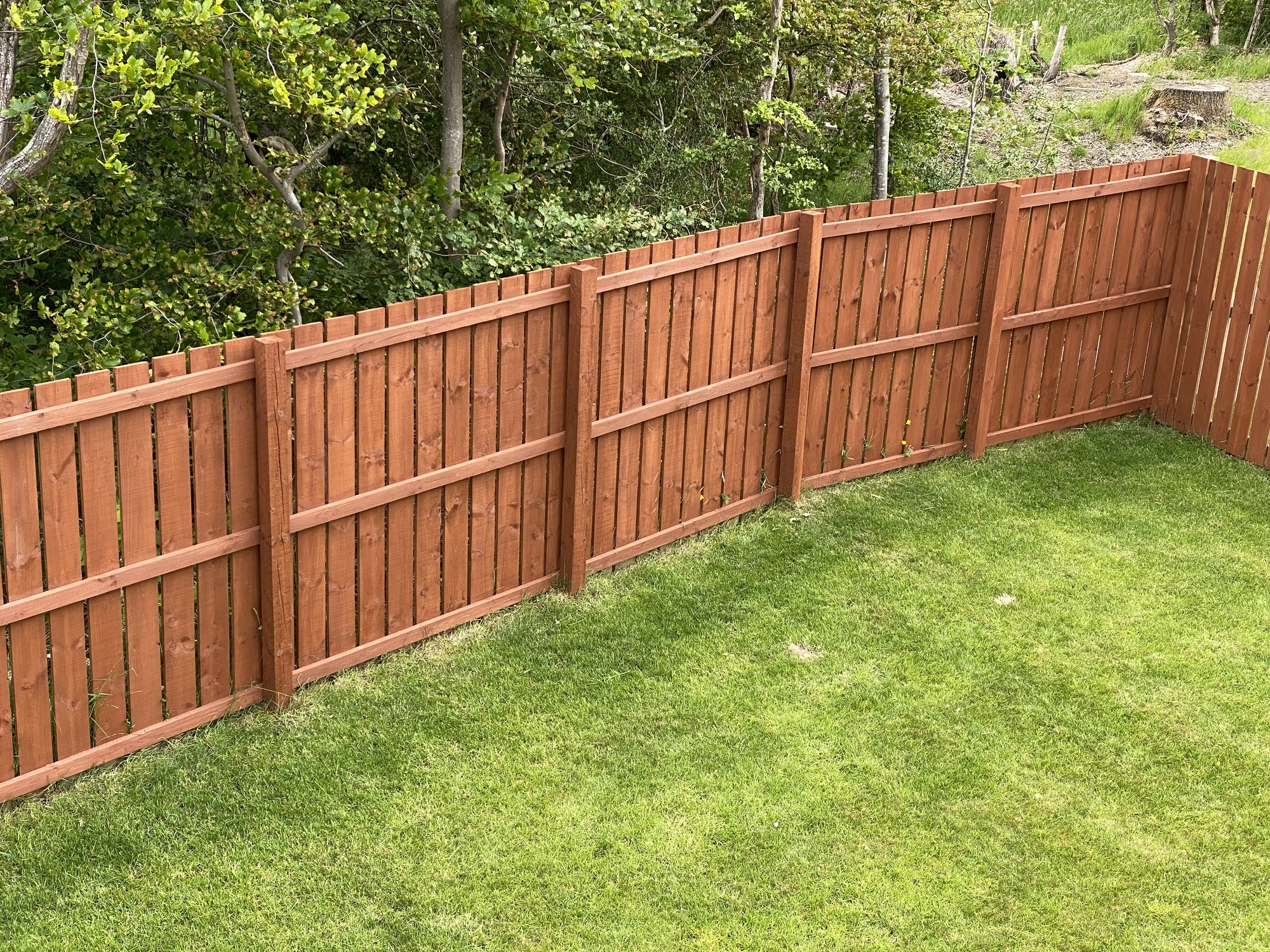The Hidden Weak Spot: Why Garage Doors Are a Top Cause of Hurricane Damage

As a rule, garage doors are one of the most disregarded components of a home’s hurricane protection plan. But they pose one of the most significant structural weaknesses in dangerous storms. A damaged garage door can cause costly property damage and may jeopardize the whole house in hurricane-prone areas. Knowing why garage doors matter and what upgrades are available can help homeowners better protect their property and comply with local safety constraints or codes.
Why Garage Doors Fail During Hurricanes
A regular garage door is vulnerable to hurricane-strength winds due to the door’s size and total exposed surface area. When high winds hit a garage door that is not installed correctly or reinforced, the door has a high likelihood of bending, buckling, or separating from the garage. If the garage is compromised, it becomes a wind and debris entry point into the home, causing a significant increase in internal air pressure that can create upward loads on the roof and surrounding walls. Structural weakness is the main reason for failure in the majority of cases, and some examples are:
- Thin, flexible panels.
- No vertical or horizontal bracing.
- A mounting hardware store with corroded or weak components.
- Tracks that are not designed for high wind loads.
Existing homes are particularly susceptible to high winds. Historically, garage doors were often installed without regard to current codes, typically long before wind-rated doors became commonplace. Without structural reinforcement, the garage door will struggle with hurricane-sustained winds.
What Happens When a Garage Door Gives Way
Once a garage door fails to withstand a hurricane, a bunch of other things go wrong very quickly. The loss of this one large exterior barrier breaches the home’s pressure envelope, allowing wind to push many feet up and outward with explosive force. Once this shift occurs, the roof can lift, and the structural wall systems can separate. Typically, the damage is not limited to just the garage. A damaged door can result in:
- Structural and roof damage and/or failure.
- Broken windows and other damaged entry points due to a pressure imbalance.
- Water damage in the house due to wind-driven rain.
- Total loss of the contents, including vehicles and other items stored in the garage.
Once this chain reaction begins, stopping it is nearly impossible until the storm passes. Insurance claims for garage-related failures tend to be among the most costly due to the extensive damage they cause.
Signs Your Garage Door Isn’t Hurricane-Ready
Understanding potential vulnerabilities and mitigations for these features before the storm season begins is essential to enter it from a position of strength rather than simply waiting for disaster to strike. A homeowner can do a simple self-check to ascertain if their garage door meets contemporary needs. Some red flags to look for that may indicate your garage door is not ready for a hurricane include:
- No visible cross-bracing or reinforcing bars through door panels.
- Rust or loose hinges, brackets, or fastening hardware.
- Door panels that easily flex when pushed on from the outside.
- Tracks that look thin or only have mounting hardware were spaced with little reinforcement.
- Doors are just older than 10-15 years without a wind-load label.
Also, find the manufacturer’s sticker that has wind resistance information. If the door does not have this labeling or does not have any documentation to comply with the state or county standards, it’s time to consider upgrading.
Upgrade Options: Reinforcement, Replacement, and Retrofits
Enhancing your garage door’s storm preparedness doesn’t necessarily involve replacing the entire system. Depending on the age and condition of your garage door, you may have several cost-effective options. Reinforcement kits are designed to add horizontal or vertical bracing to the inside of the door. Reinforced kits can add stability to the door’s structure, helping to prevent it from bowing or bending in high winds. Some retrofit systems incorporate heavy-duty support to the track and improve the mounting brackets, which also help improve stability.
If your door is too old or the damage is too severe to repair, you may prefer to replace it. Newer wind-rated garage doors are designed to endure pressures of 130 mph and higher, while some wind-rated garage doors are rated for Category 5 storms. Many of these products will also perform efficiently and provide long-term value and aesthetics to your home. Before buying a retrofit or new system, consult with a contractor who understands your home’s exposure category and wind zone. Correct fit and installation are equally as important as the pressure rating.
Local Codes, Insurance Incentives, and Inspection Tips
Building codes often require garage doors in wind-borne debris regions to meet specific structural and impact resistance criteria. In coastal areas, this often means installing doors that have been tested for both wind pressure and projectile resistance. If you don’t comply with local codes, you may have insurance claims denied or face additional penalties if damage occurs. Most counties require permits for garage door replacements or significant reinforcements as well. If screening questions indicate that the services of a licensed installer are required, carefully review compliance paperwork and inspection requirements and proceed with the installation.
You may also qualify for incentives from insurance companies. Homeowners who improve their garage door to a wind-rated door frequently qualify for discounts from wind mitigation inspections. To maximize these savings, request a new wind mitigation report after the work is completed. Finally, consider scheduling an annual inspection, especially if your home is 10 years old or older. A licensed inspector can identify corrosion, alignment failures, and mounting issues before you even notice them.
Don’t Overlook the Garage
When preparing for hurricane season, don’t overlook your garage door. Being one of the largest and weakest entry points to your home, it’s a crucial component to protect your structure and save mo



